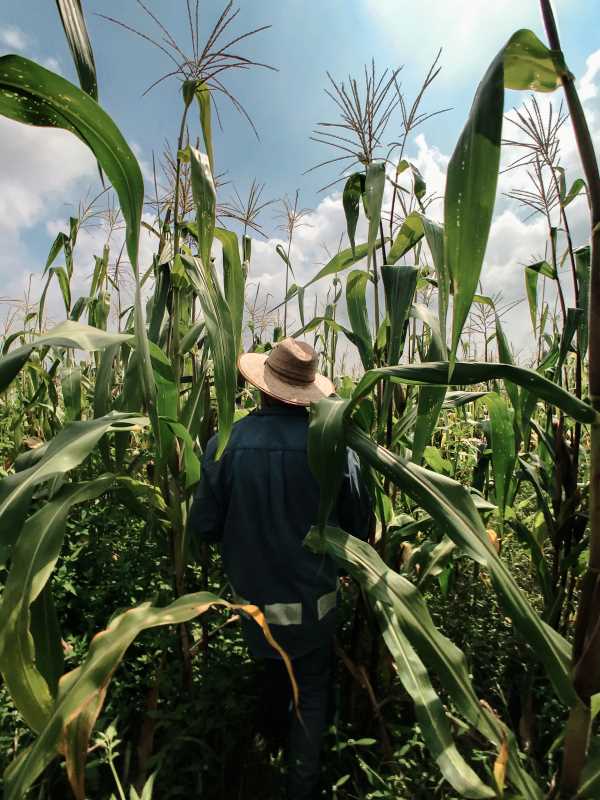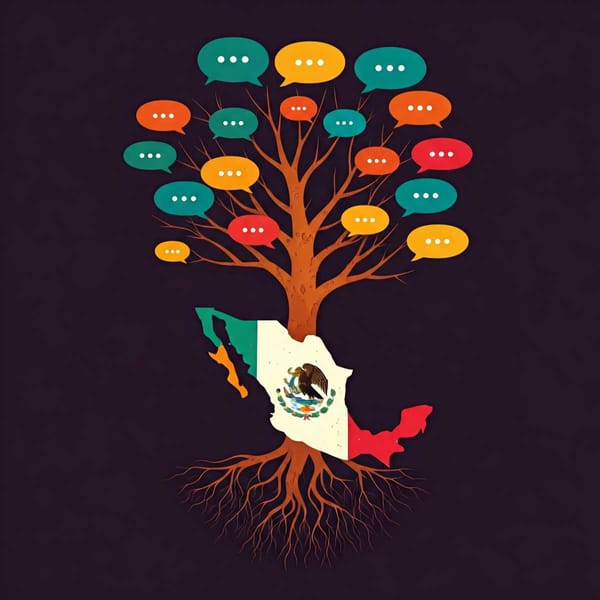How Smartphones are Shaping the Future of Farming
UNAM's FES specialists develop low-cost technology using smartphones to digitize crop images, determining plant health and estimating yield. Affordable and accessible, this innovation empowers farmers to make better decisions, integrating cutting-edge tech into agriculture.

In a groundbreaking initiative, specialists from the UNAM's Cuautitlán Faculty of Higher Education (FES) are spearheading the development of low-cost technology aimed at digitizing images of agricultural crops to assess their physiological status. This cutting-edge solution, an experimental model currently being tested on chia plantations within the academic institution, comprises a free mobile application (App), a database, and an algorithm. Its results will empower producers with valuable information to make better decisions, such as adjusting mineral nutrition, evaluating water conditions, and monitoring plant health, ultimately leading to enhanced productivity.
Headed by researcher José Luis Sánchez Millán, along with the contributions of thesis student Frida Reséndiz Romero from the Agricultural Engineering degree, the project utilizes a standard smartphone camera to capture images during different stages of plant growth. These images are then processed digitally with the support of freely available software and an algorithm embedded within the mobile App.
The technology works by analyzing the interaction of plants with the visible spectrum, which humans perceive as colors ranging from blue to red. Plants reflect green and yellow colors, but they also have strong interactions with blue and red wavelengths, as well as with infrared, which is not visible to the human eye. Depending on their physiological state, plants modify their interaction with these wavelengths, making it possible to detect stress caused by factors like drought, nutritional deficiencies, or pathogen attacks.
To employ the technology, a mobile phone is positioned at a distance of about two meters from the central canopy quadrant of the crop, capturing morphological and physiological characteristics of the plants throughout their development. By quantifying the spectrum of light reflected by the plants, the App's algorithm can mathematically analyze the response of the images and determine the physiological condition of the crop, including estimating its potential yield.
An essential advantage of this novel solution is its affordability and accessibility. While similar technology has been available for decades, it traditionally required expensive infrared cameras, making it unfeasible for most farmers. However, the UNAM's low-cost approach, utilizing the cameras found in common smartphones, removes this financial barrier and opens doors for small-scale and low-income producers to leverage cutting-edge technology.
The research team has already made significant progress using chia grain crops as an experimental model. Throughout the plant's development stages, photographs were taken, and spectral indices were analyzed to determine the plant's physiological status during the transition from the vegetative to reproductive phase. Additionally, the researchers observed the impact of fertilization on the translocation of photosynthates, which are sugars resulting from photosynthesis.

Frida Reséndiz explains that the process is remarkably simple. Four dates were chosen to capture photographs, generating a database of images that were digitized using free software. Subsequently, a quadrant of the plant canopy was selected for analysis, providing information on the density recorded in the red, green, and blue (RGB) spectral bands. The data was then subjected to mathematical analysis, revealing crucial insights into the plant's health and development stage.
Diego Ramírez Alfaro, a student of the Applied Mathematics and Computer Science degree, is responsible for developing the algorithm, database, and App for this transformative technology. Once the system is refined and proven effective, the researchers intend to make it readily available to low-income farmers, enabling them to benefit from this state-of-the-art solution.
This pioneering project aligns with the Research Chair: Integral Use of Chia in the Agrifood Area (Code CI2240), under the leadership of Elsa Gutiérrez Cortez and co-responsible José Luis Sánchez Millán, both from FES-Cuautitlán. By embracing technological advancements and making them accessible to all, the UNAM is leading the charge toward a more sustainable and productive future for the agricultural sector. As this technology continues to develop, it holds the potential to revolutionize farming practices worldwide, ensuring food security and prosperity for generations to come.




